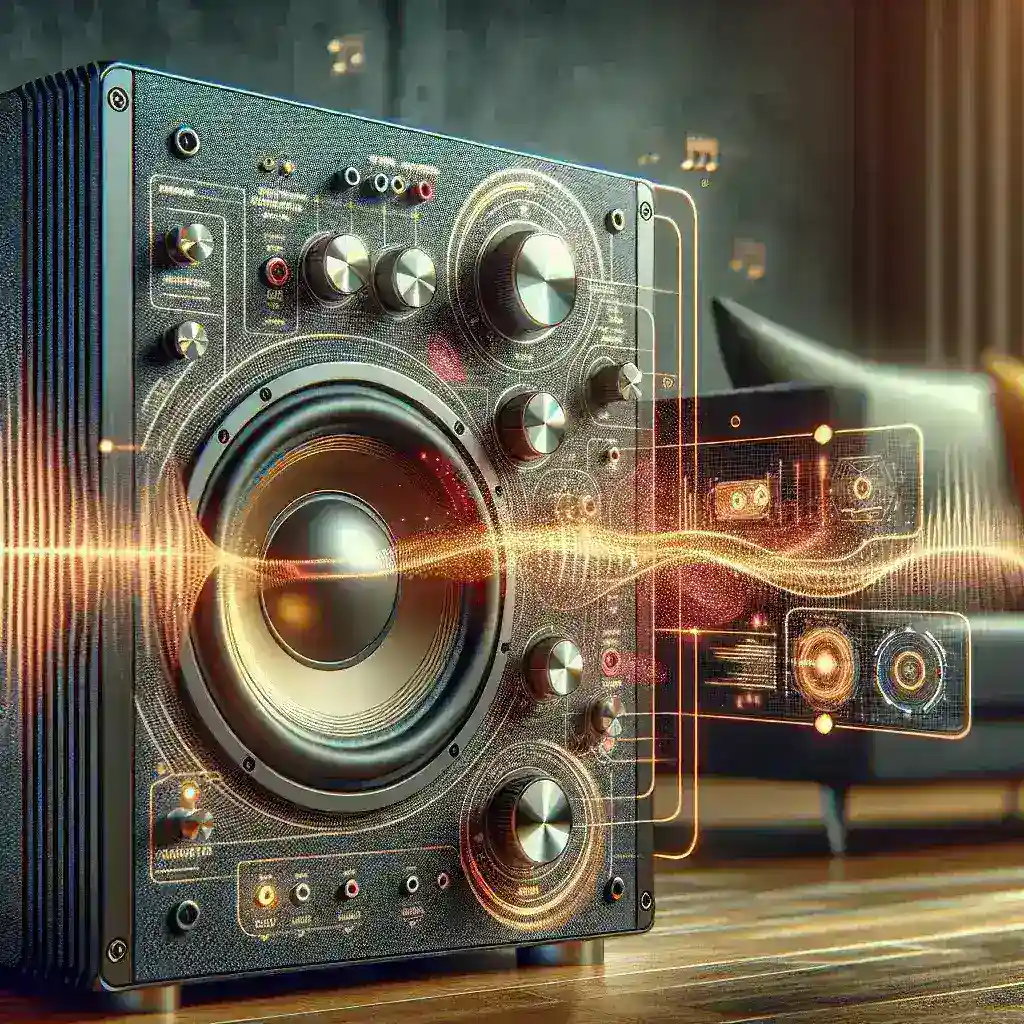The bass response of your audio system significantly affects the overall audio quality and listening experience. Improving the bass response can provide a richer, fuller sound, making everything from music to movies more enjoyable. This guide explores various methods, tools, and techniques to enhance the bass response in your audio system effectively.
Table of Contents
- Identifying Bass Problems
- Speaker Placement
- Improving Room Acoustics
- Using Subwoofers
- Equalization
- Upgrading Audio Components
- Installing Bass Traps
Identifying Bass Problems
Before you can improve the bass response in your audio system, you need to understand the existing issues. Common bass problems include muddiness, weak bass, and boomy or overpowering bass. Use test tracks with strong bass lines and compare how it sounds in various positions within the room. This initial analysis will help you pinpoint the problem areas.
Speaker Placement
Speaker placement plays a crucial role in bass response. Here are some guidelines to follow:
- Distance from Walls: Placing speakers too close to walls can cause boomy or exaggerated bass. Try moving them away from the walls to see if the bass response improves.
- Height: Elevate the speakers to ear level for better sound dispersion and clarity.
- Angle: Angle the speakers slightly towards the listening position for optimal audio focus.
Improving Room Acoustics
Room acoustics can significantly affect the bass response in your audio system. Here are some tips:
- Soft Furnishings: Add carpets, curtains, and furniture to absorb sound reflections and reduce echo.
- Positioning: Experiment with different speaker and listener positions to find the optimal setup for the best bass response.
- Acoustic Panels: Install acoustic panels on walls and ceilings to improve sound quality and bass response.
Using Subwoofers
Subwoofers are specifically designed to enhance bass frequencies. Here’s how to make the best use of them:
- Placement: Place the subwoofer in different spots around the room to find the optimal location. Corners can sometimes amplify bass frequencies.
- Phase Adjustment: Adjust the phase settings to ensure the subwoofer works in harmony with your other speakers.
- Calibration: Use a sound meter or automated setup system to calibrate the subwoofer accurately.
Equalization
Equalization can help you fine-tune the bass response of your audio system. Here’s how:
- Manual EQ: Use an equalizer to adjust the lower frequency bands until you achieve the desired bass response.
- Room Correction EQ: Modern receivers often come with room correction software that can automatically adjust the EQ settings for optimal performance.
Upgrading Audio Components
Sometimes, the best way to improve bass response is to upgrade your audio components. Consider the following:
- Speakers: Invest in high-quality speakers that are known for their excellent bass performance.
- Amplifiers: A powerful amplifier can provide the necessary drive to deliver strong bass.
- Cables: Ensure you use high-quality cables to minimize signal loss.
Installing Bass Traps
Bass traps are acoustic treatments designed to absorb low-frequency sound waves. Here’s how to use them:
- Placement: Position bass traps in the corners of the room where bass buildup often occurs.
- Types: Choose between foam bass traps and panel bass traps based on your specific needs and budget.
- Effectiveness: Bass traps can significantly reduce issues like bass boom and muddiness, enhancing overall audio clarity.
Improving the bass response in your audio system requires a combination of strategic placement, room acoustics treatments, and possibly upgrading equipment. By following these guidelines, you can enjoy a richer and more immersive listening experience.



